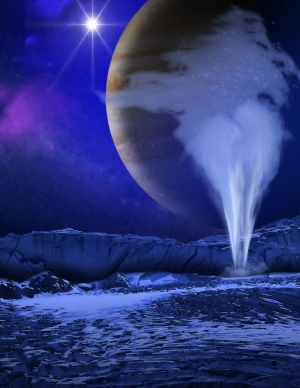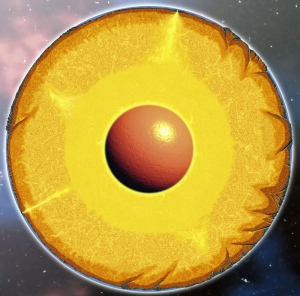It does not matter it is luxury or just a means of transportation, the main thing is that due to the increasing number of cars ecological situation is only getting worse. How to reduce the consumption of water during car washing? Will there appear any type of harmless fuel? Weare «Top Gear», of course, but we can give some useful car eco-tips.
Car wash: with or without water
Cleanness is the guarantee not only for your health but also for the health of your car. Of course, you can save money by using bucket-and-rag or hose-in-the-country technology, and even by vandalize when rising a car at the nearest body of water, as well as draining detergent residues there. But for us, environmentally conscious citizens, such methods are not suitable.
Stationary car wash. Remember that modern car wash consumes much less water than the one with a simple hose on the grass. As a rule, the owners comply with environmental requirements prescribed by the legislation, and the waste water is not poured anywhere, it is purified and then goes into action. This saves up to 70 percent of the precious resource. Read more






